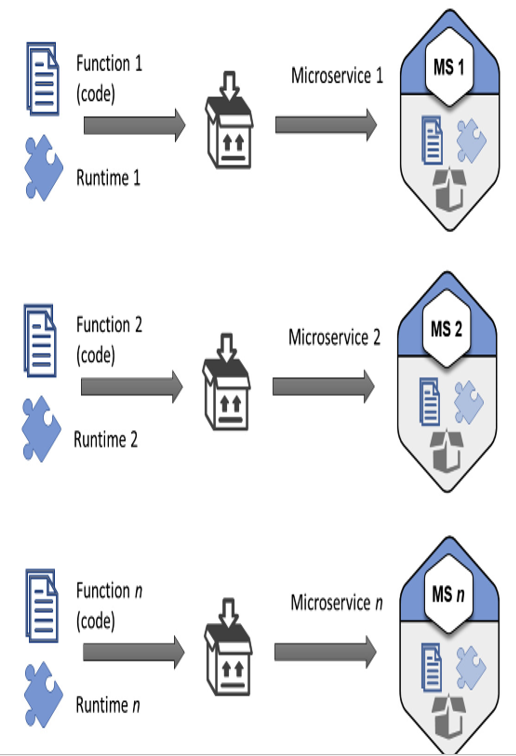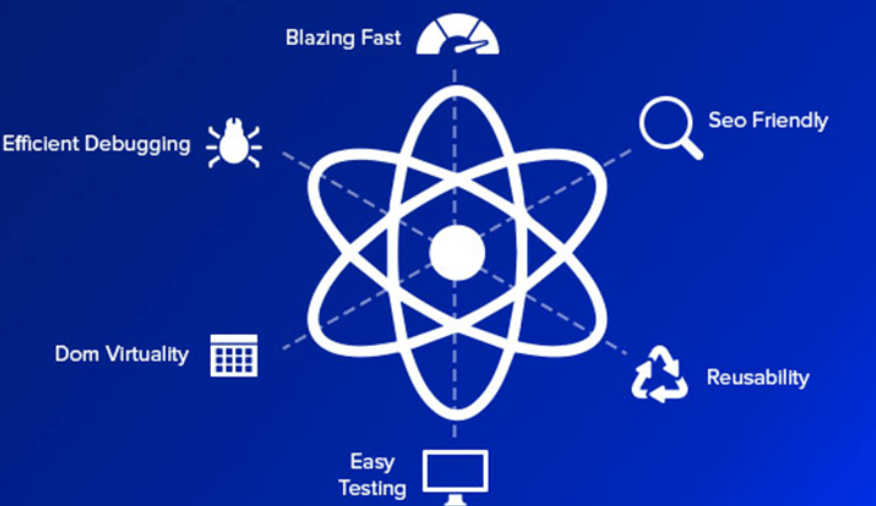The microservices way
In today’s rapidly evolving technological environment, organizations face unprecedented demands for agility, scalability, and rapid deployment. Traditional monolithic architectures are increasingly falling short of meeting these multifaceted challenges. This has led to the emergence of microservices architecture, a decentralized approach that has its roots in service-oriented architecture (SOA). This modern architectural style is a strategic response to the complex landscape of software development. It aligns seamlessly with agile methodologies, DevOps practices, and cloud-native solutions, offering a robust framework to address contemporary challenges in both deployment and adaptability. In the following sections, we will explore the key features of microservices architecture, examining how it effectively addresses these modern-day requirements.
Small chunks of code
In the world of microservices, the architecture is designed to be as modular as possible. This modularity is achieved by breaking down the application into smaller, more manageable pieces known as microservices. Each of these microservices is highly focused and serves a specific function within the broader application. This focus on single functionality allows for a minimalistic approach to coding, where each microservice contains only the code that is absolutely necessary for it to perform its designated task. This not only makes the code easier to understand and maintain but also facilitates independent deployment, as well as debugging and testing. The independence of each microservice means that it can be updated, scaled, or even completely rewritten without affecting the other parts of the system. This is a significant departure from monolithic architectures, where changes to one part of the codebase can have a ripple effect across the entire application.
Lightweight runtime environment
One of the most compelling features of the microservices architecture is the concept of a lightweight runtime environment. In a monolithic system, the entire application often shares a single runtime environment, which can become quite cumbersome and resource-intensive. In contrast, each microservice in a microservices architecture operates in its own isolated runtime environment. This environment is tailored to the specific needs of the microservice, containing only the essential libraries and dependencies required for that service to function. This results in a much more efficient use of resources and simplifies the deployment process.
Technologies such as containerization, exemplified by Docker, further enhance this by encapsulating the microservice and its lightweight runtime into a single, easily deployable unit. This encapsulation ensures that the microservice is both autonomous and portable qualities that are highly valued in modern software development practices.
The following figure (Figure 6.4) shows how a microservice’s code and runtime environment are encapsulated together into a container:

Figure 6.4 – Code and runtime encapsulation into a container



